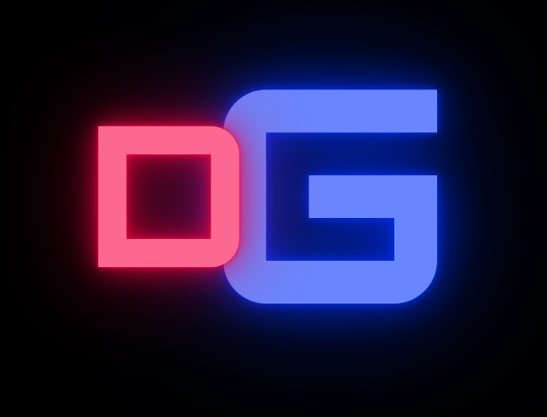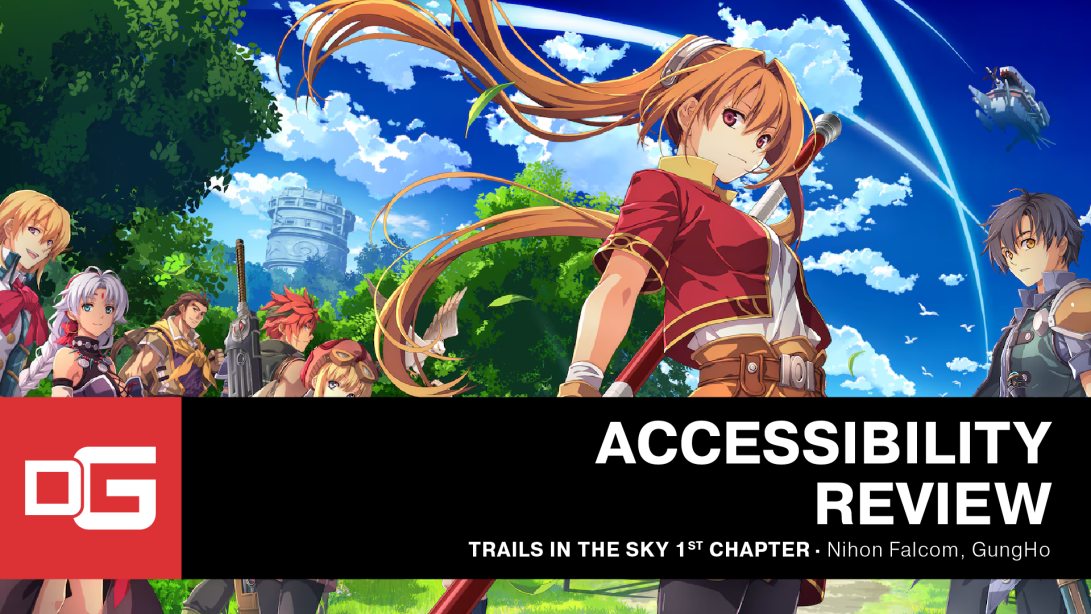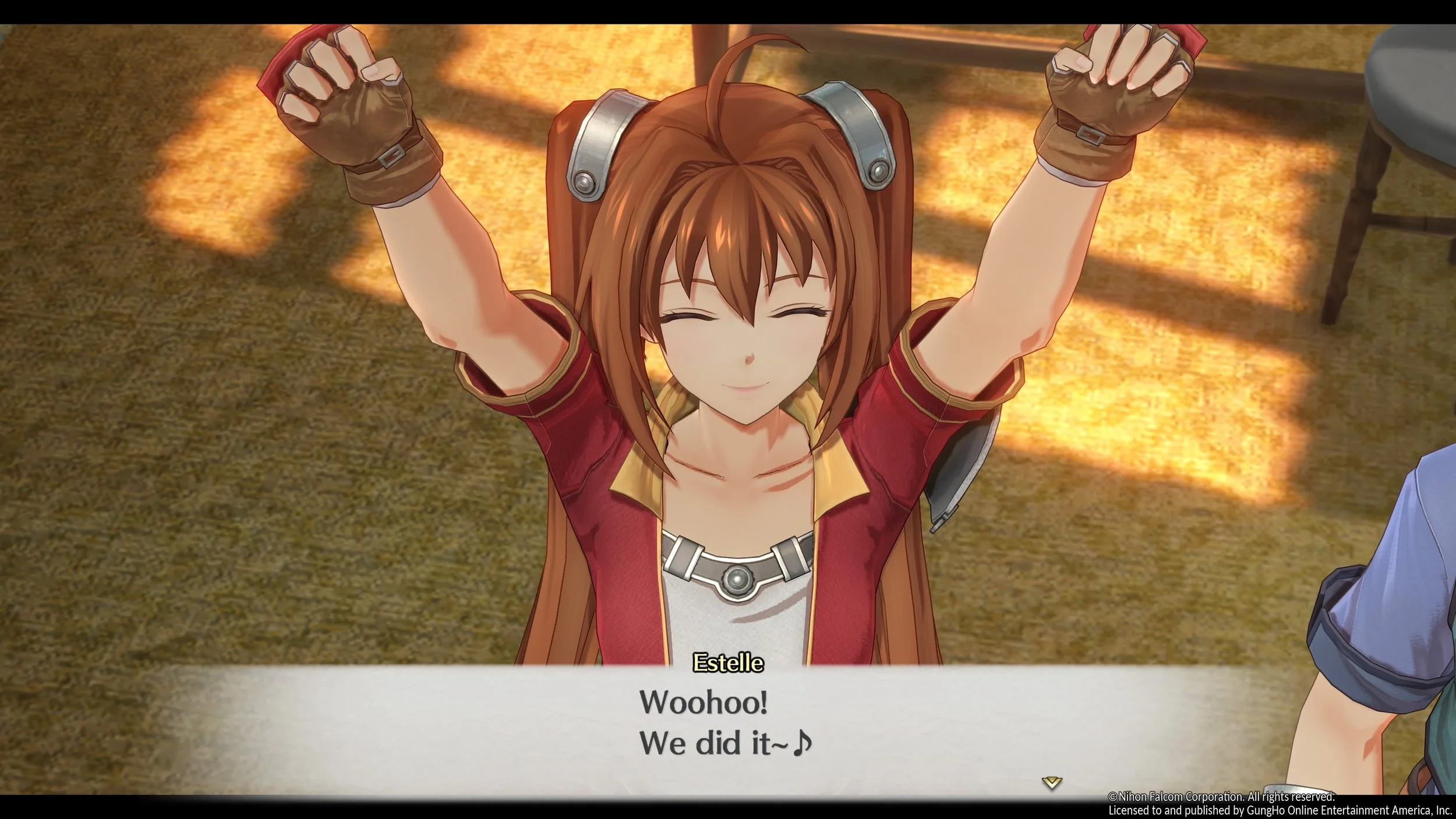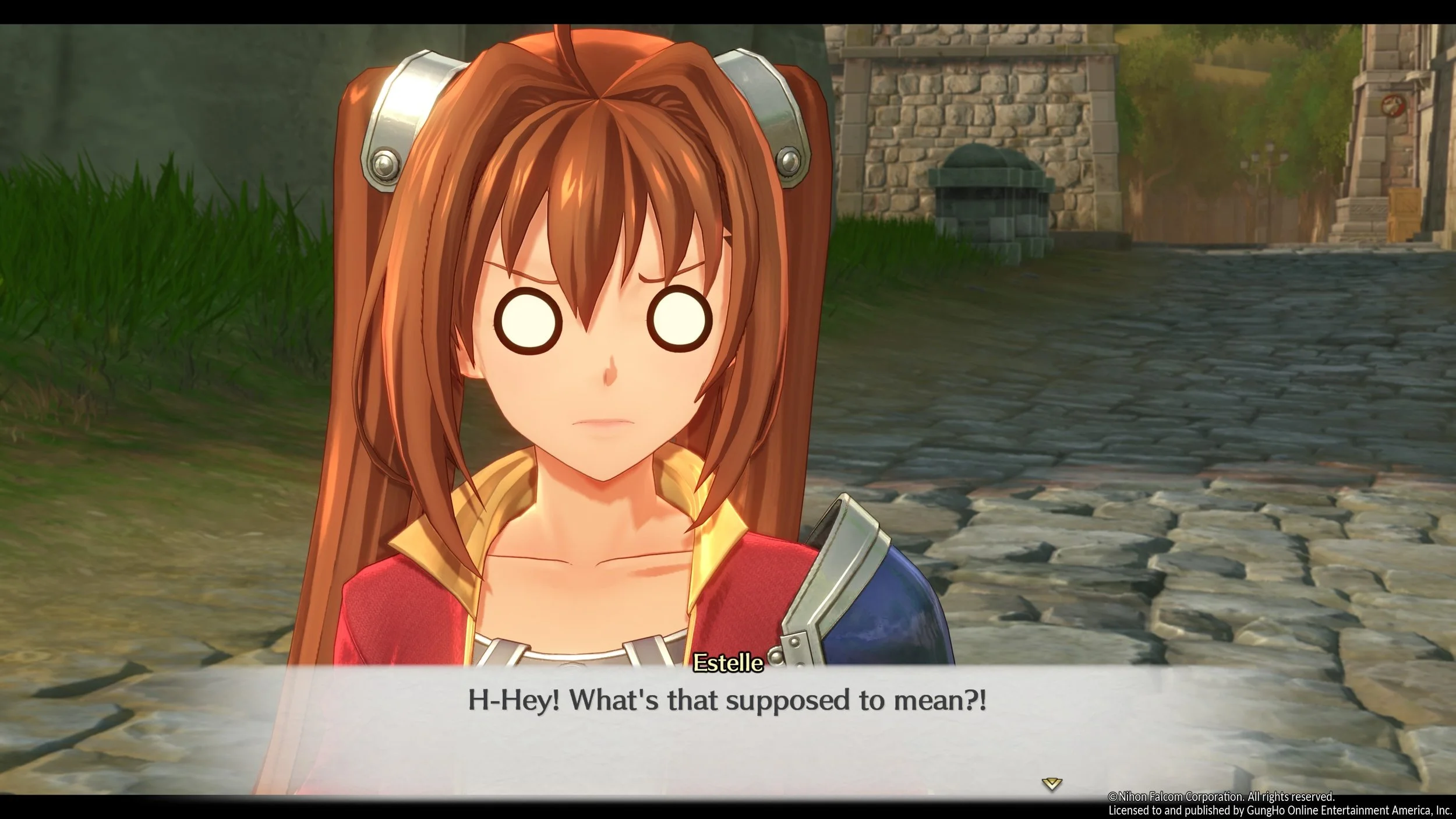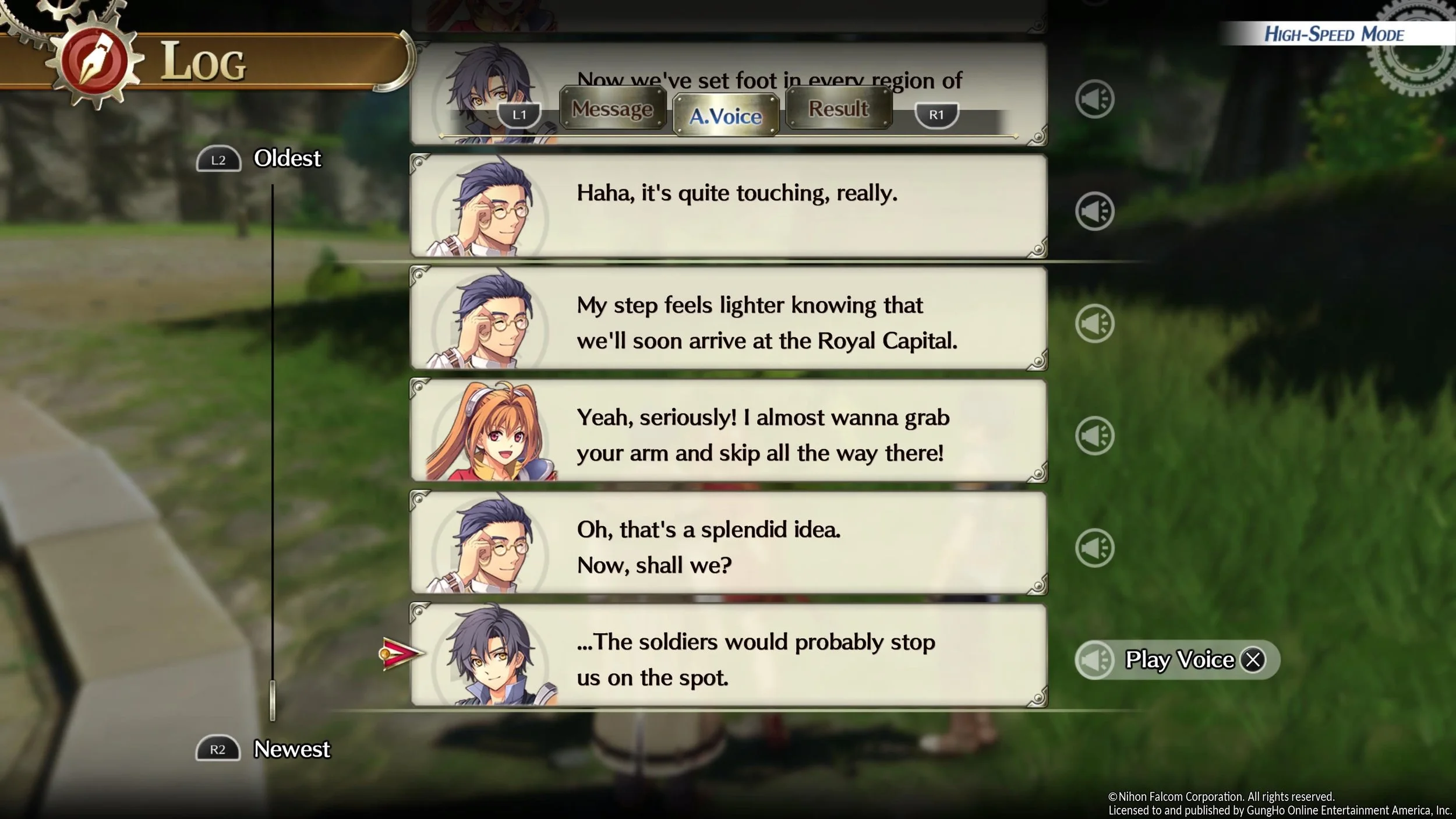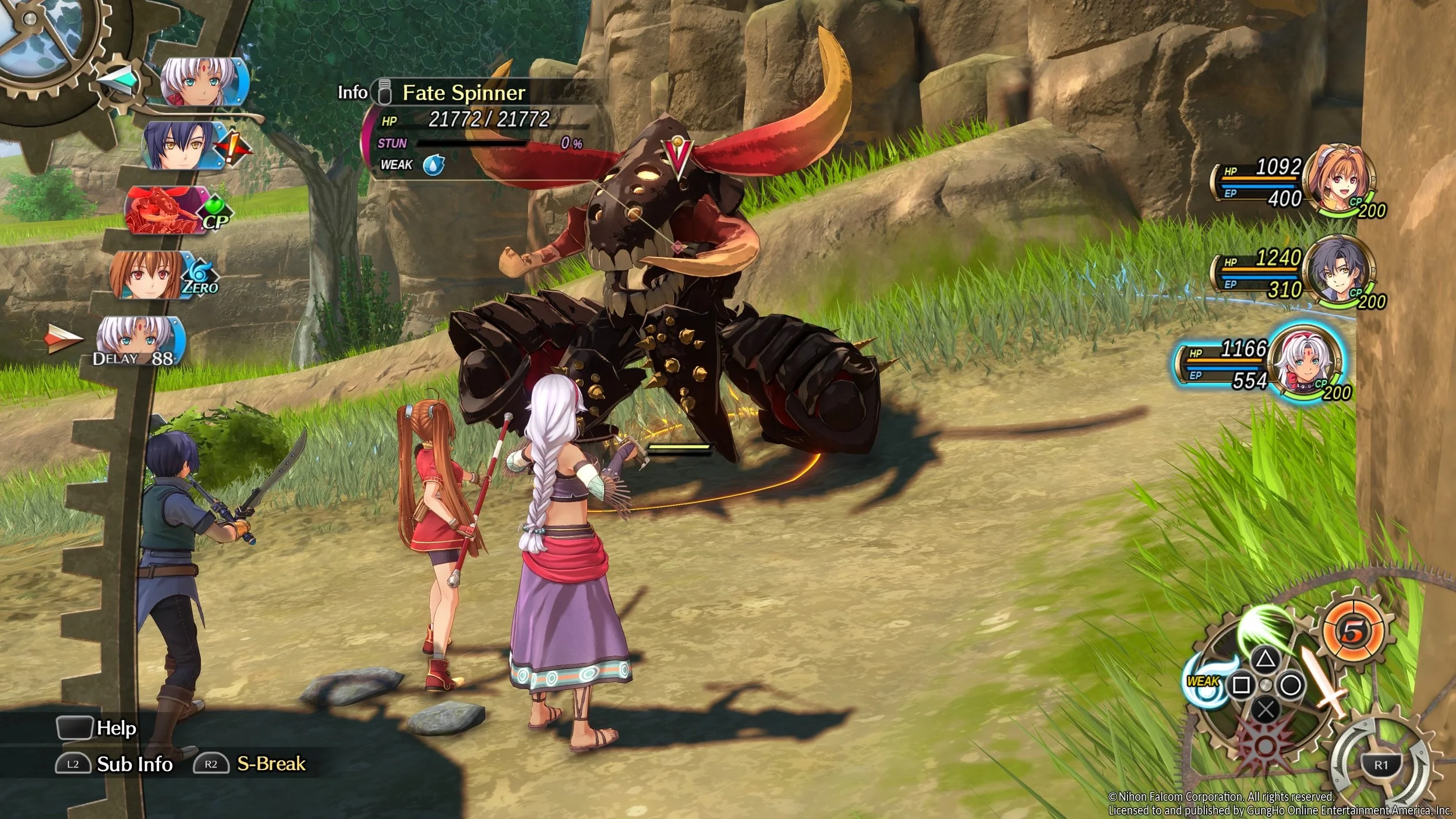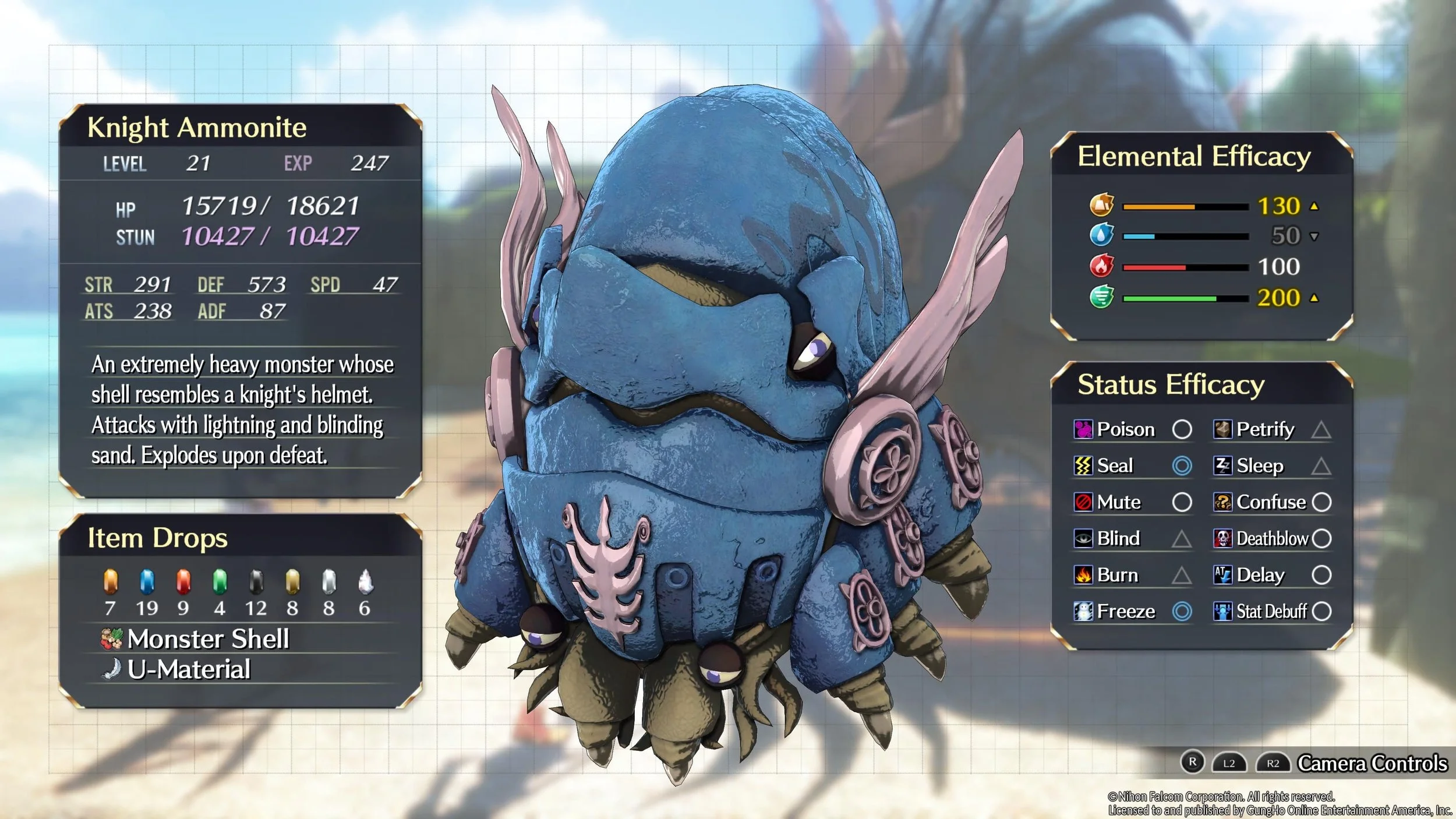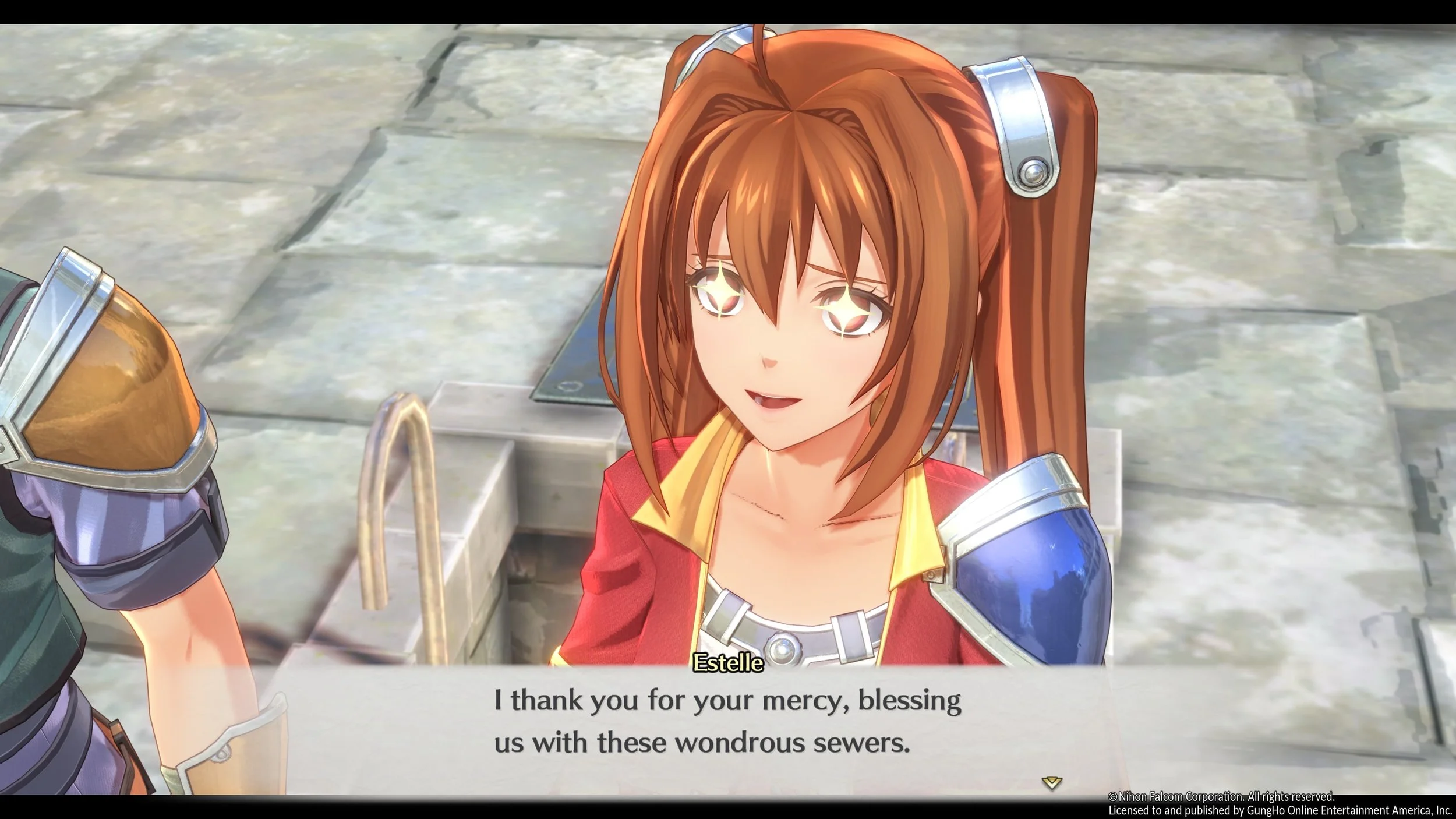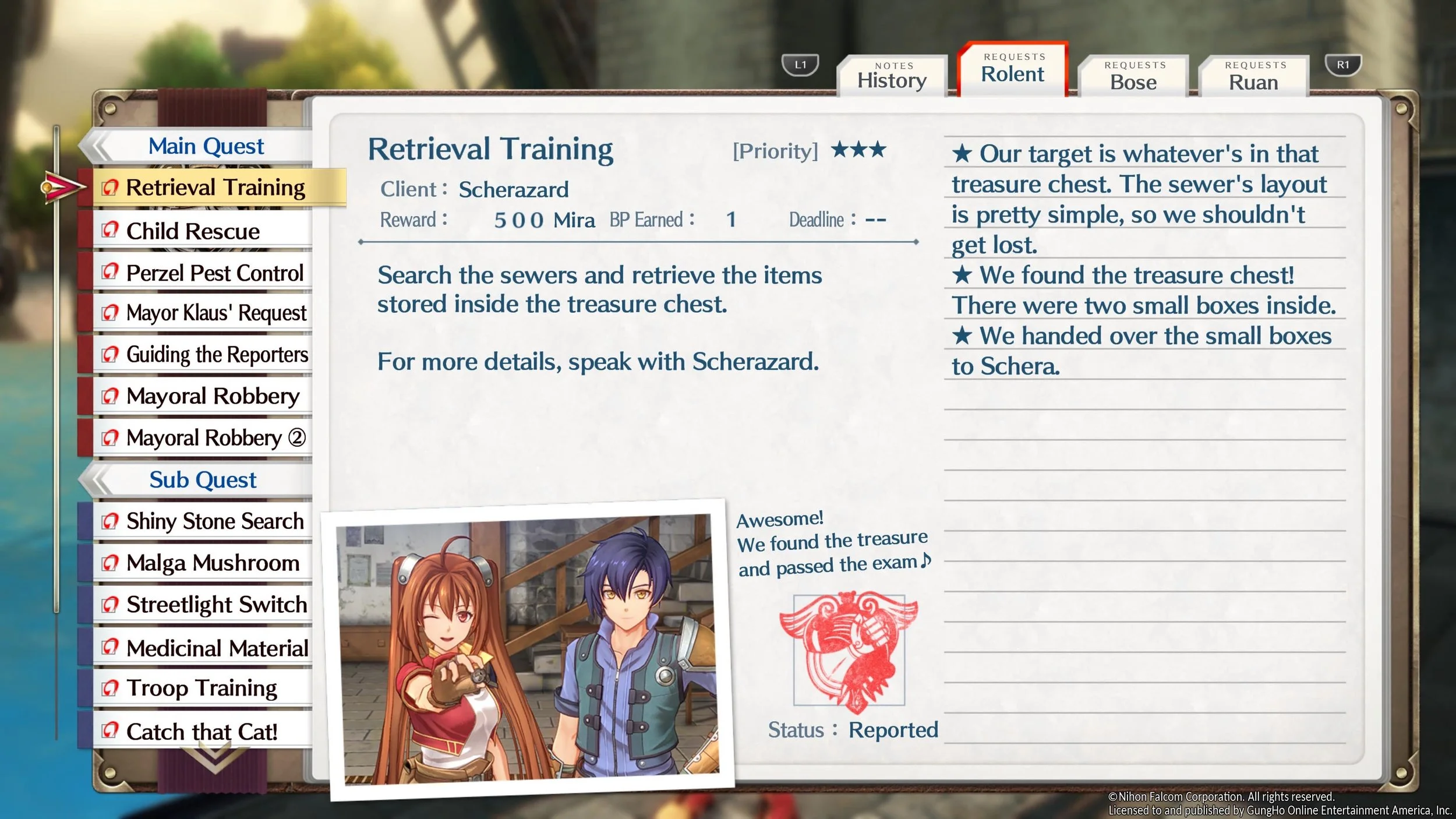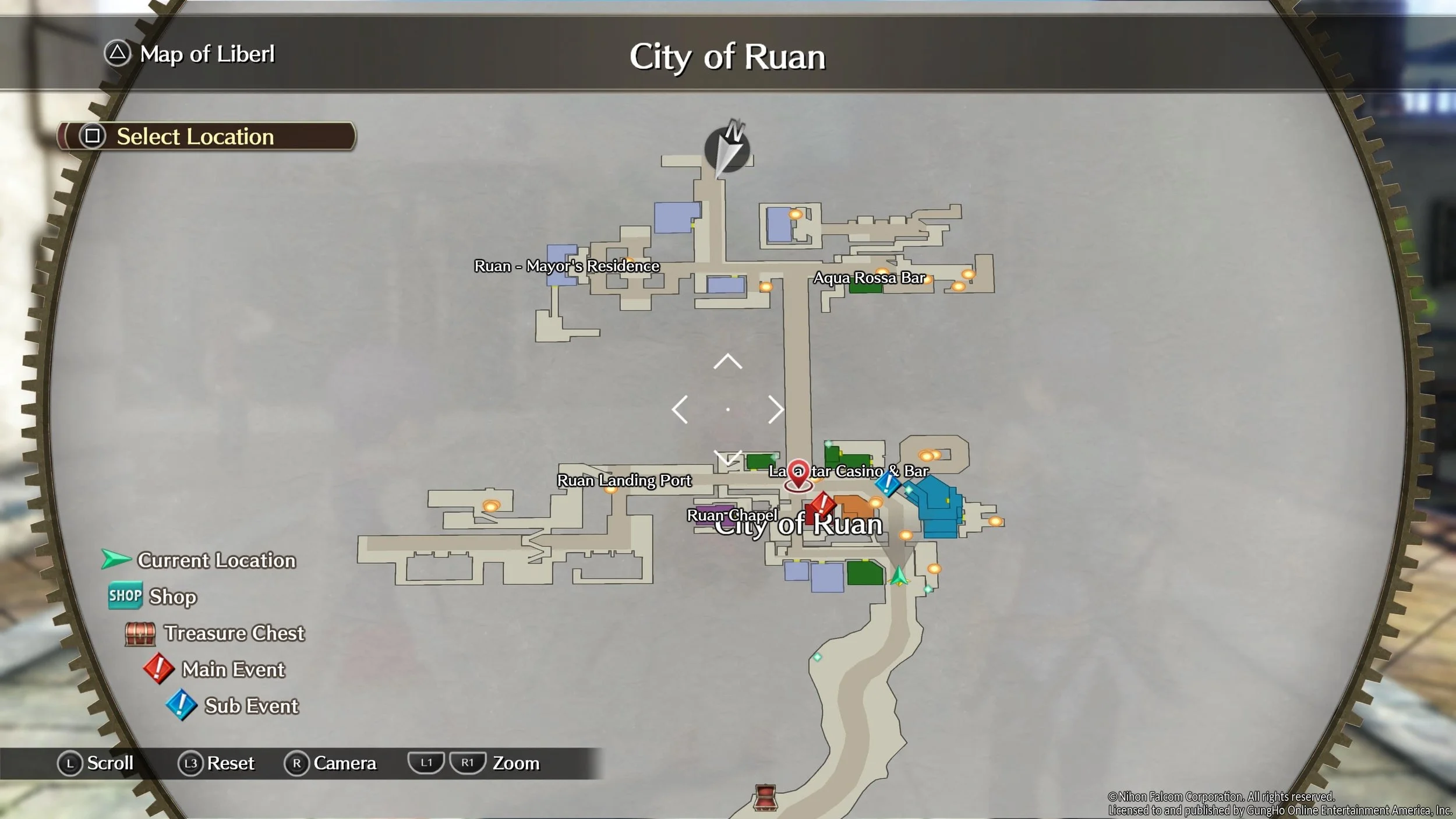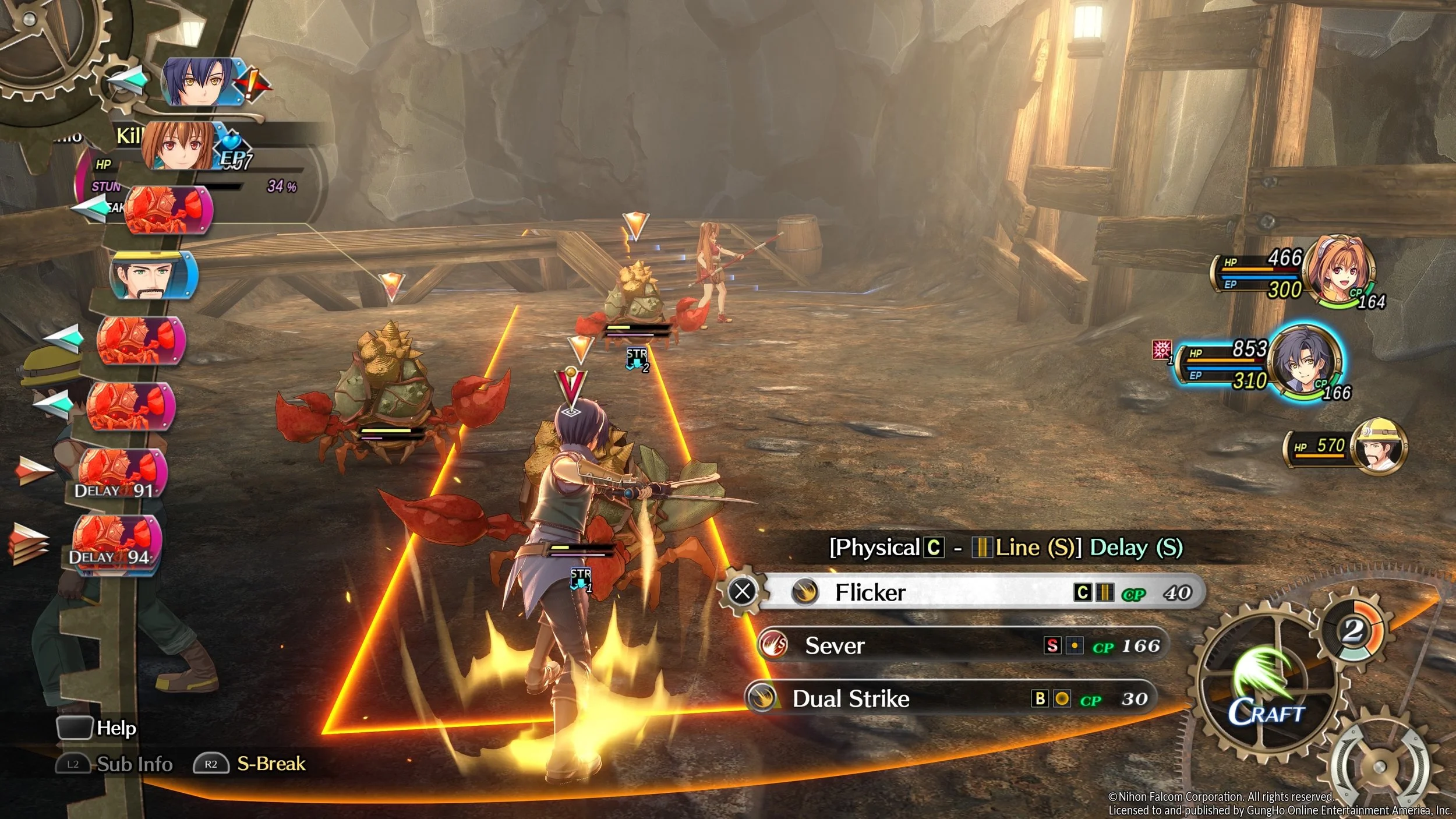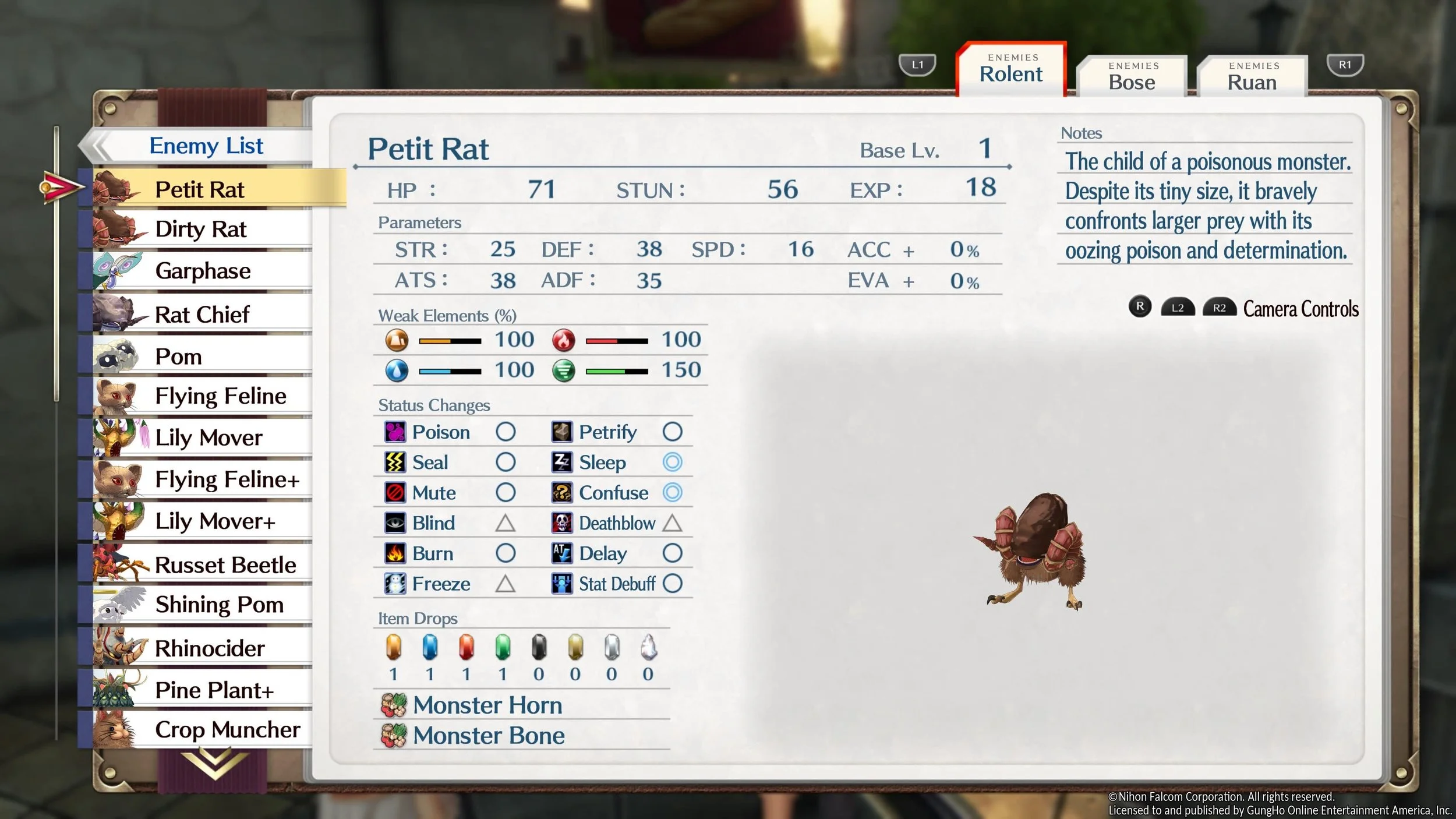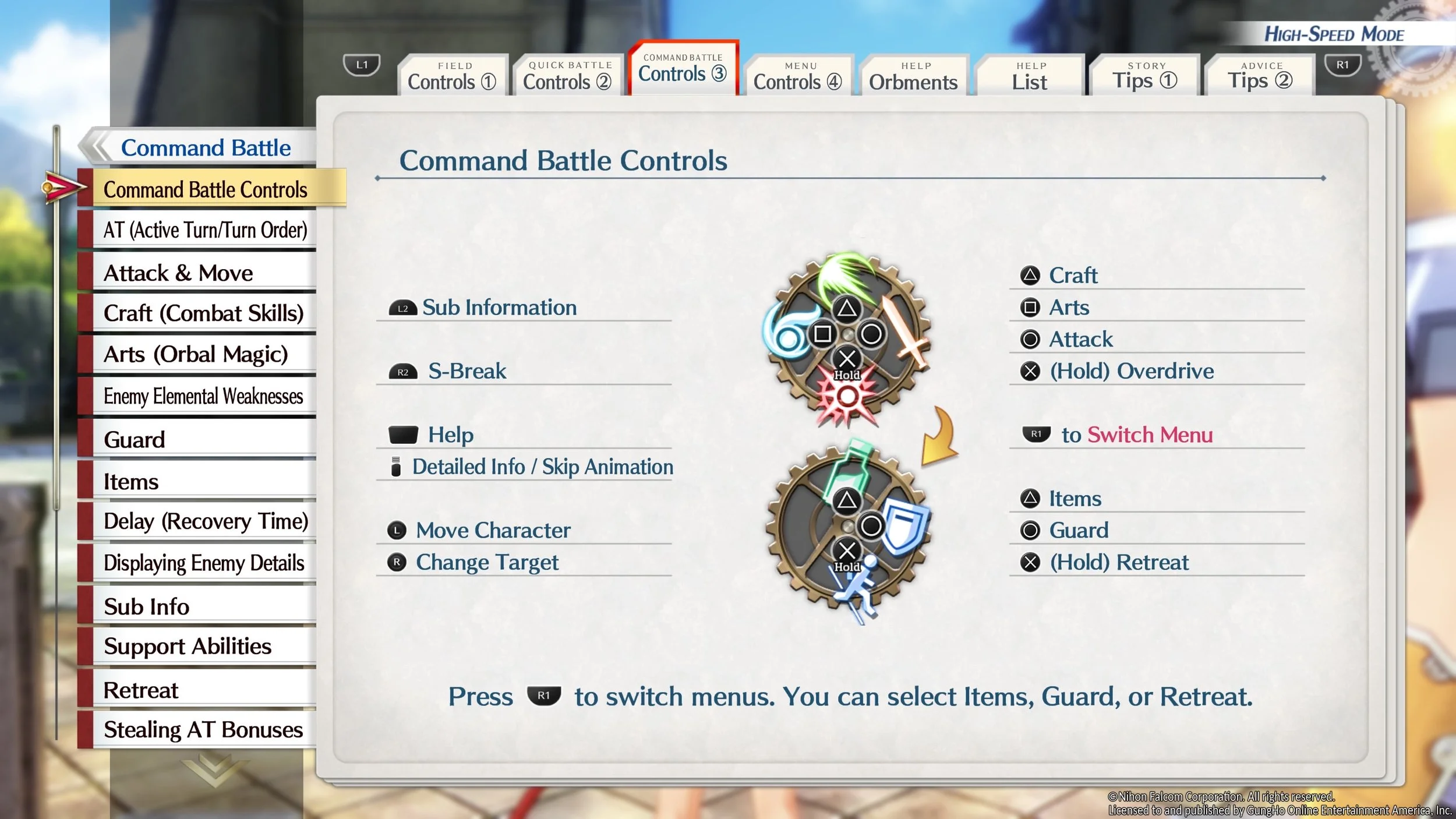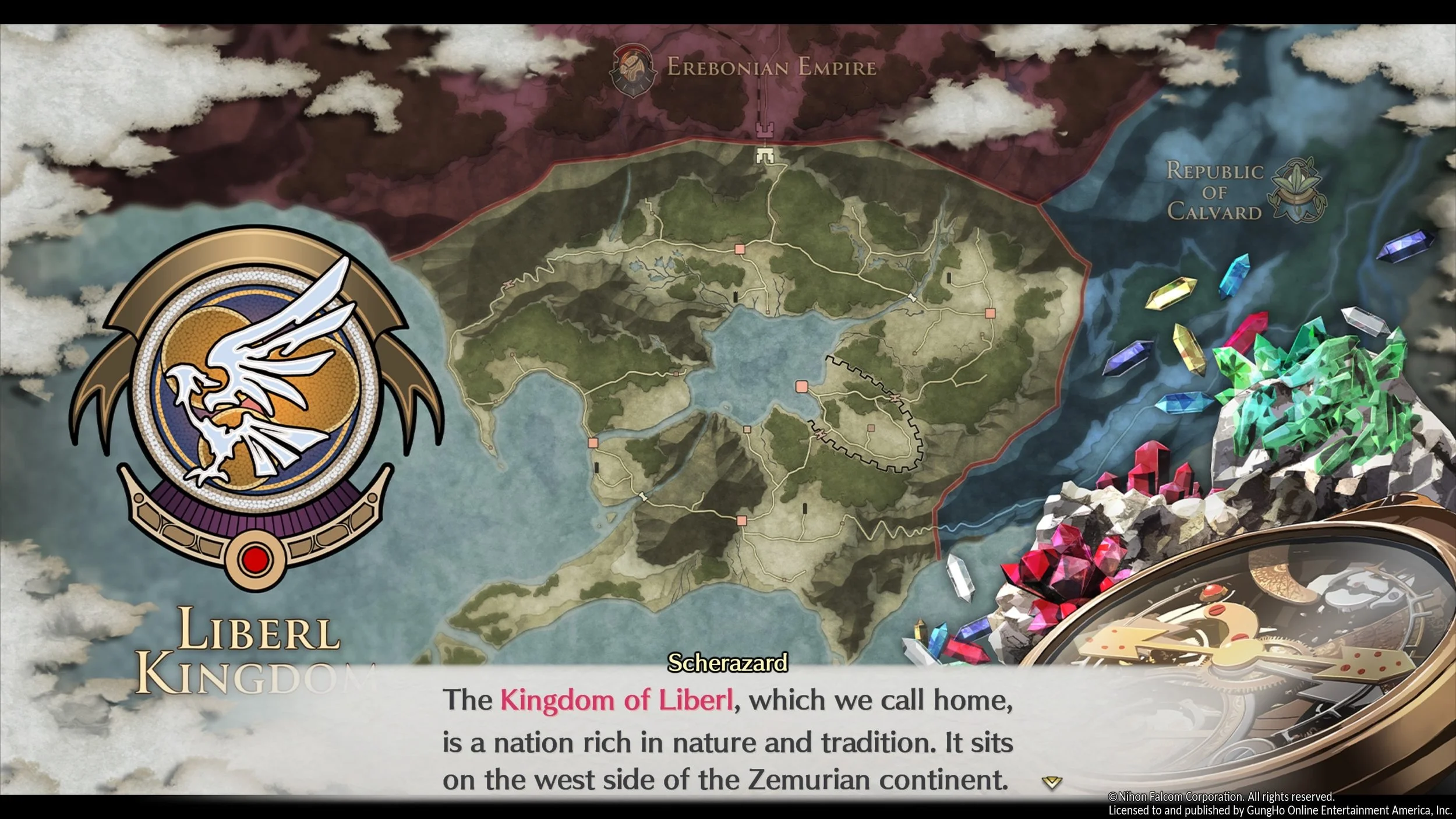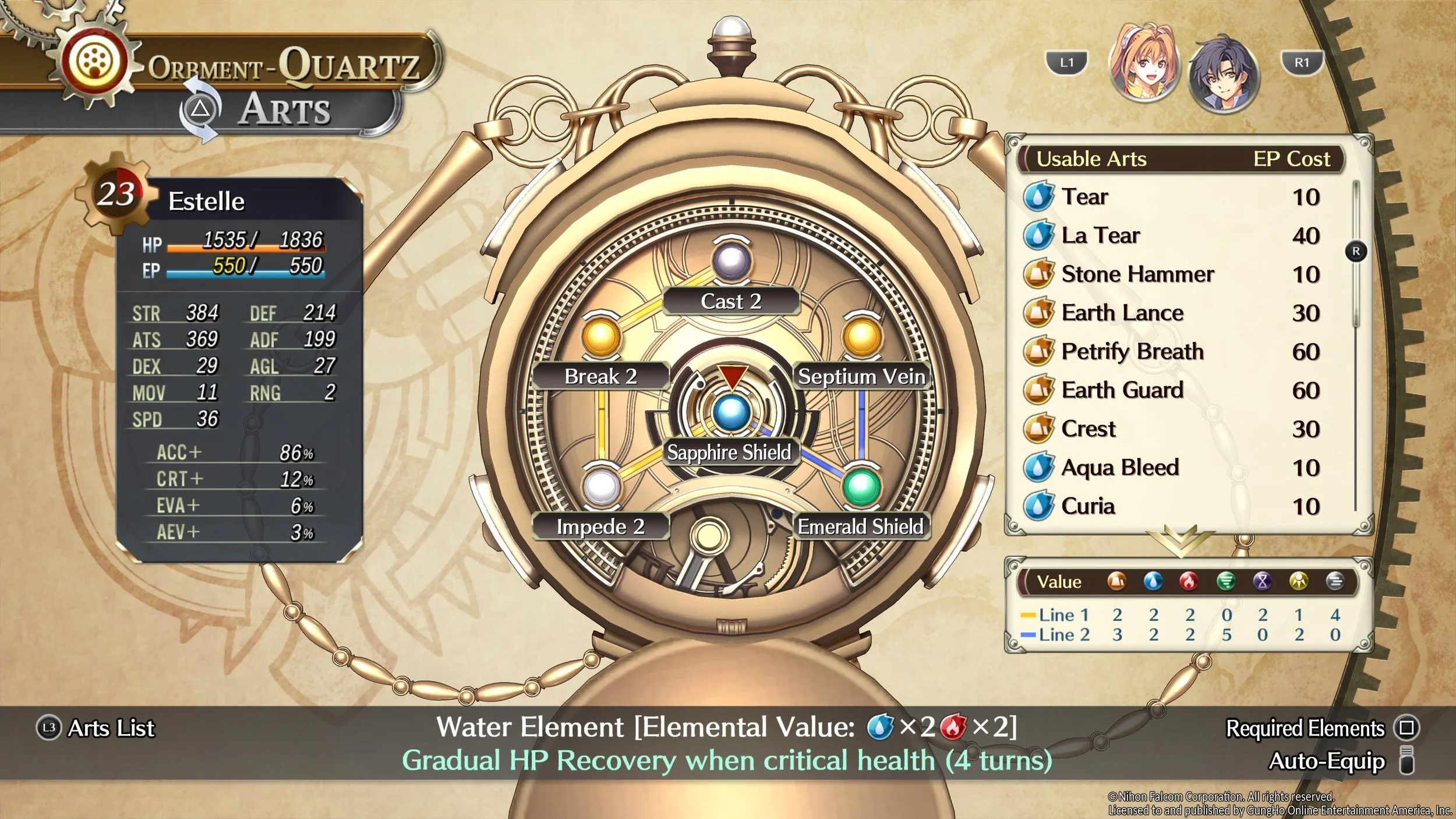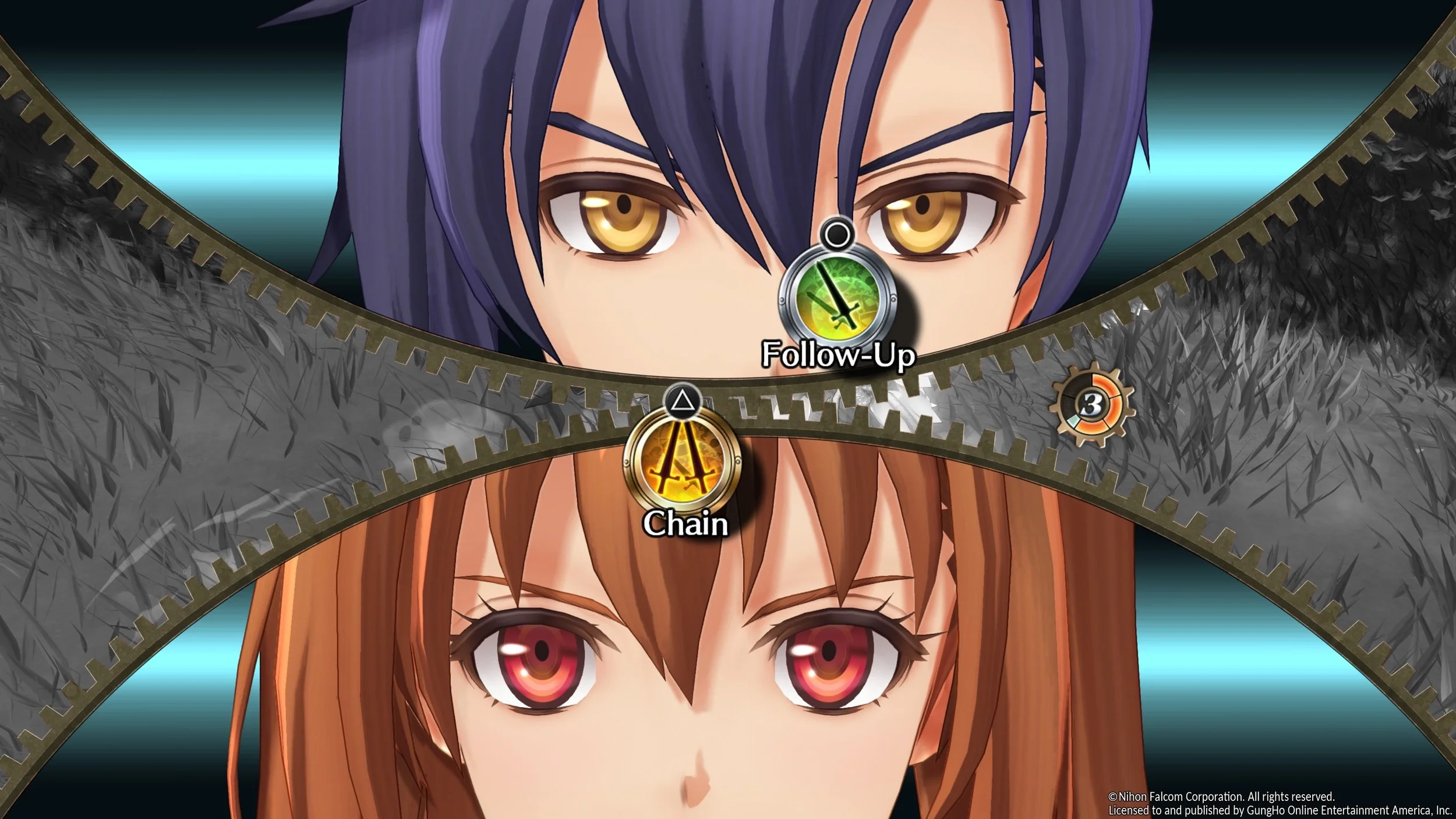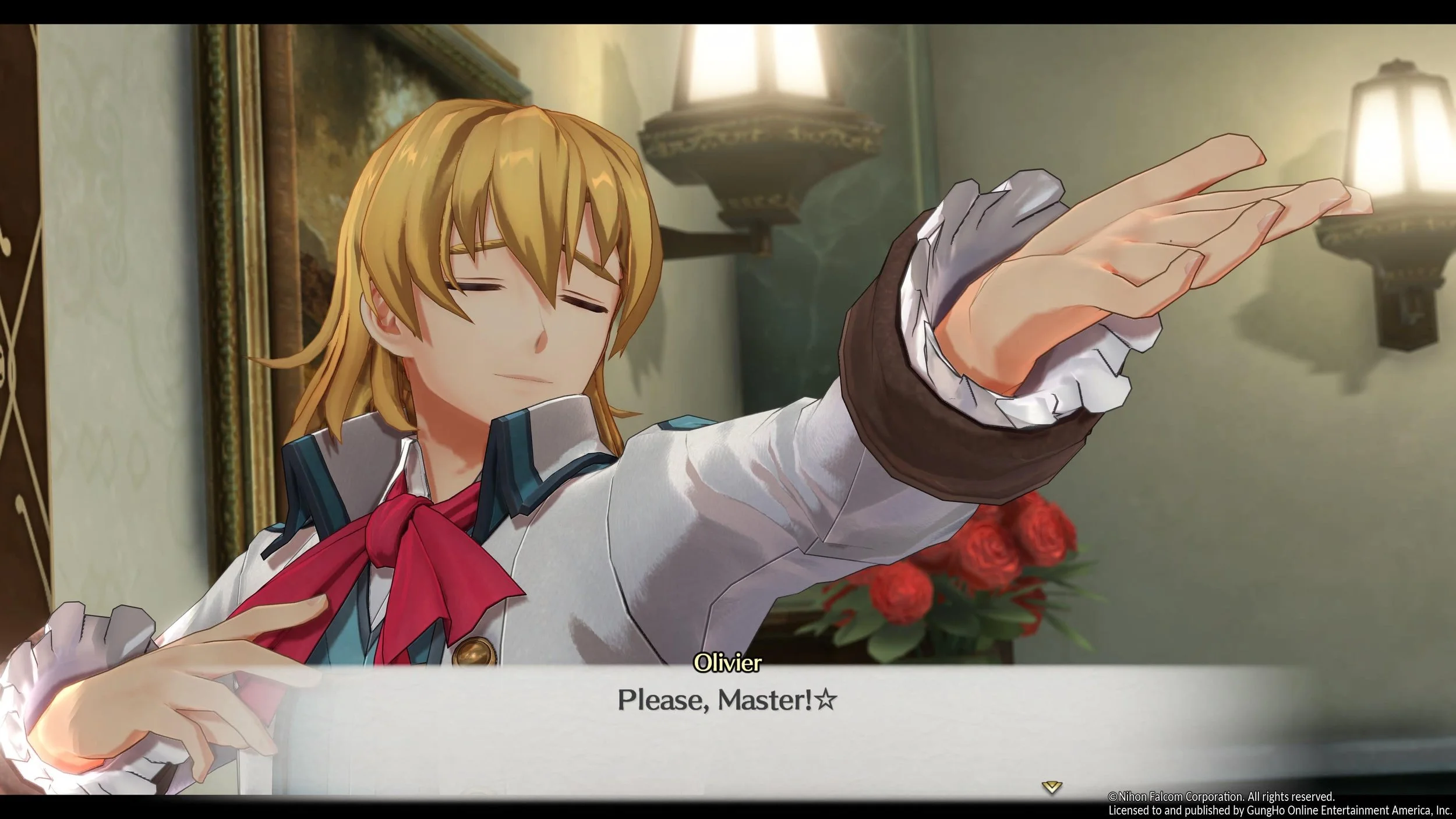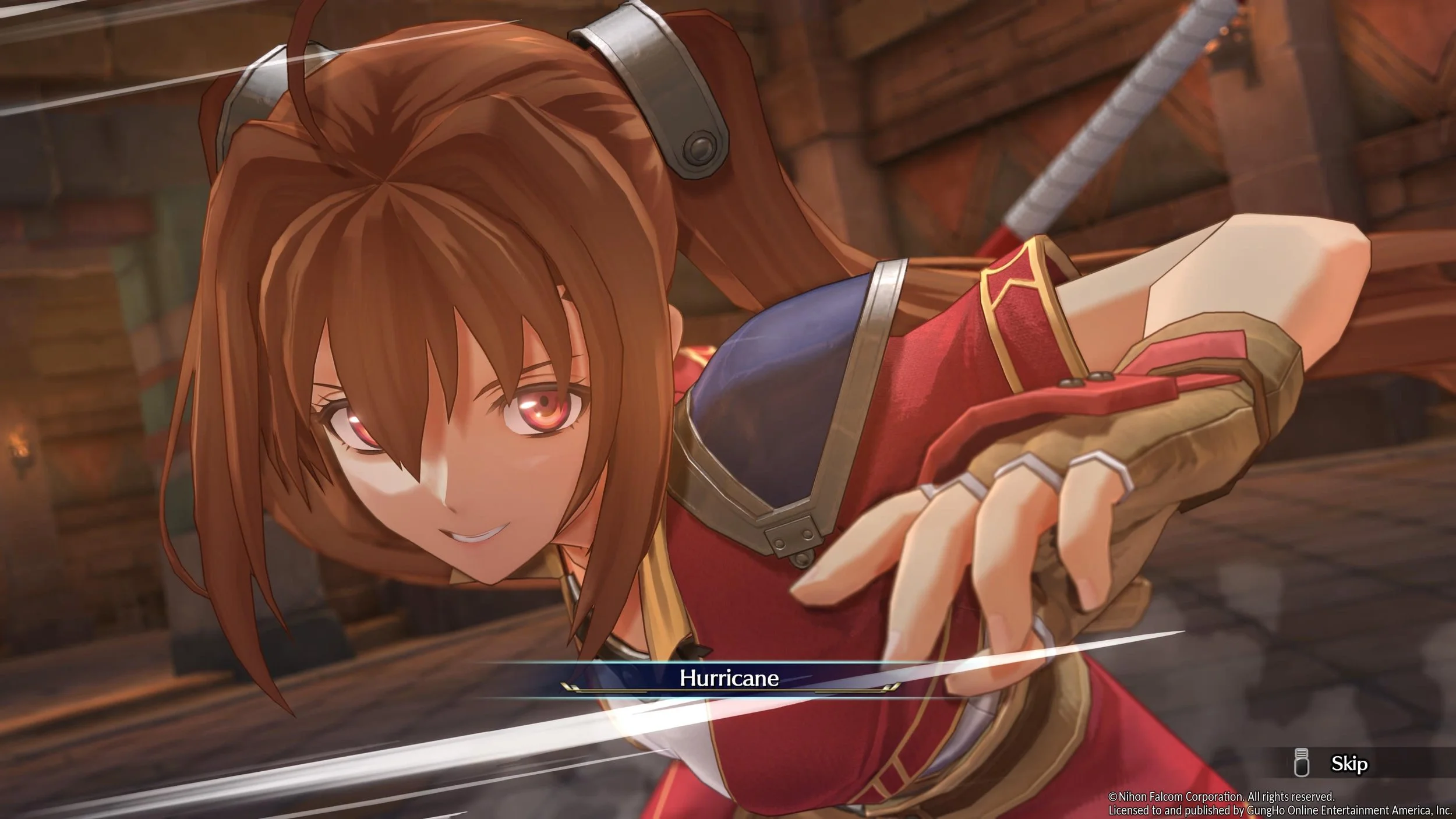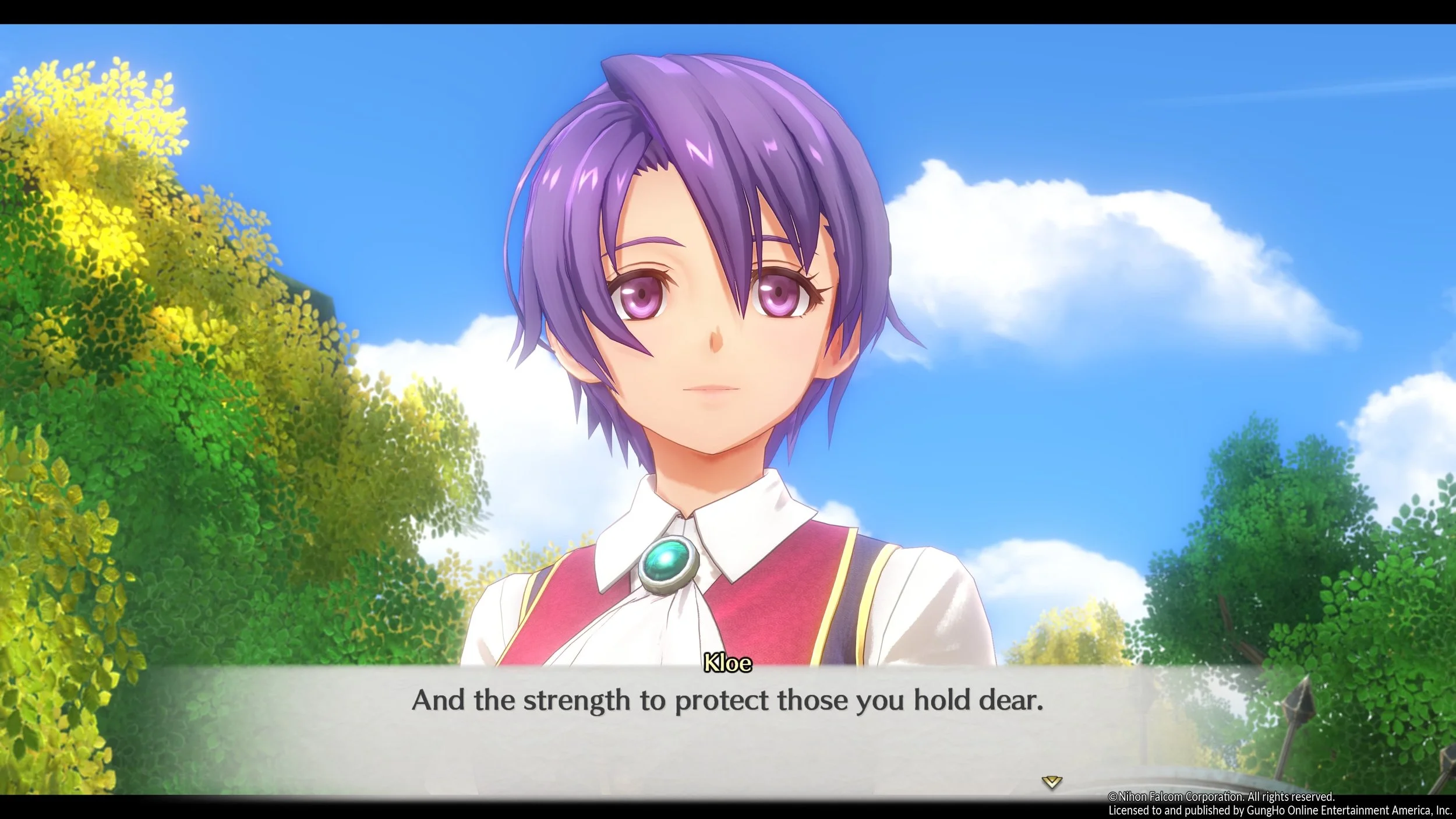Is Trails in the Sky 1st Chapter the Most Accessible JRPG of 2025?
On paper, you might assume that JRPGs naturally lend themselves to accessibility, especially when it comes to turn-based games. You don’t need to worry about manipulating a character and a camera in real-time to take down your enemies in a good ole turn-based JRPG.
And yet.
JRPGs have traditionally lagged behind when it comes to accessibility – and I’m not just talking old school. Even the most recent releases are plagued by several recurring issues like legions of small text, limited options for re-reading what you might’ve missed, poor quest tracking, inscrutable maps, busy HUDs packed with small icons, and a general lack of button remapping or other increasingly standard QoL features.
But where does Trails in the Sky 1st Chapter fit into all this?
The latest release in the beloved Trails series is actually a remake of where it all began – bringing modern visuals, gameplay systems, and quality of life to the first Trails game within The Legend of Heroes franchise.
Developed by Nihon Falcom and published for Western audiences by GungHo Entertainment for PC, PS5, & Switch on Sept. 19th, 2025, Trails in the Sky 1st Chapter (hereafter referred to as Sky FC because damn is that a lot to keep writing) is now the most universally approachable entry point for new fans to get into this franchise since it takes you back to where the story started over two decades ago.
But to completely spoil this (otherwise spoiler-free) review, I’m here to say that not only is Sky FC the most approachable entry point in the Trails series, but also one of – if not the most – accessible JRPGs of 2025. Right here is a gold star model for accessible JRPG design that I think a lot of developers could learn from and apply to their own games – JRPGs or otherwise.
Now comes the question of “how” – how does Sky FC address common accessibility issues? And to go a step further, are there things it could do even better to keep pushing the standard higher?
Let’s dive in:
JRPGs & Legibility: If you are close enough to read this…
New or old, fully voice acted or not, JRPGs are FULL of text. Tons of dialogue, lore, and documents to discover. RPG systems aplenty with long tutorial messages and item/ability descriptions for days. Busy HUDs with tons of tiny icons that still somehow cover half the screen come time for battle.
It’s a blind/low vision accessibility nightmare at times. Plus, tack on issues for things like dyslexia, short-term memory retention, and other cognitive conditions… it’s not exactly a winning formula.
BUT. Sky FC seriously beats the odds.
While there aren’t options to increase the text/UI size, the game’s text is largely very easy to read. The font is legible and most text is of a good size – but even if you’re struggling to read it (especially in real-time), the game’s core design has your back.
One of my most asked-for features to be a standard amongst all games – but especially JRPGs – is a chat/text log that keeps at least the last 100 lines of dialogue on hand for you to pull up and review at any time.
Not only does Sky FC offer this for its dialogue, it even includes the ambient lines of speech that characters say while running around the world (vs. in cut scenes) and saves your recent battle results screens for you to review in more detail too. This is phenomenal for letting players read at their own pace (going a step beyond the ability to turn off auto-advancing text lines). It even helps account for memory issues or environmental distractions that could cause you to miss a line of dialogue.
And while the battle HUD can seem a bit busy and overwhelming (especially on first glance for series newcomers), there are a metric ton of menus and tips that you can review to help you parse it all out. Sky FC offers in-depth explanations of what all the elemental or status effect icons are from party buffs to enemy weaknesses, as well as the ability to revisit any tutorials for the game’s mechanics.
Building on that subject, Sky FC also lets you take a detailed look at enemy information even mid-battle. You can easily see their elemental weaknesses, status resistances, physical stats, and even unique behaviors like self-destructing upon KO.
And going beyond the game’s UI, its overall aesthetic lends itself well to accessible design. From the character and creature models to the town infrastructure and environmental elements, everything is composed of large, simple shapes. The color scheme is bright and lends itself well to high contrast – mitigating the need for anything complex like a bespoke high contrast mode.
Essentially, the modern “anime” aesthetic of the recent Trails games lends itself well to visual clarity. Combine that with a good camera zoom/FOV that stays close to the characters, and you have a game that is easily parsed by most viewers.
(That said, I will admit that to some people, this so-called “anime” aesthetic will be a barrier to entry. But not because of accessibility – rather, because they can’t get on board with the visual style and/or the tropes inherent to the genre writing.)
Quests & Codices: Who are you? Who am I? And WHERE ARE WE GOING?
JRPGs are a wonderful thing. They often start in a cozy village, with young adventurers setting out on a grand journey. The stakes eventually get higher and higher until you’re fighting a demonic overlord or even God himself, but the end of the world can wait. This little old lady lost her cat and I’m gonna go find him for her!
A staple of this genre is side quests aplenty, with a lot of optional objectives, collectibles, and treasures for you to find. But historically, JRPGs haven’t always done the greatest job when it comes to helping the player 1. Keep track of what quests they’ve discovered and 2. Indicate where the hell it is they should be going next.
No such issue here in Sky FC.
I’ve already mentioned the text log that saves recent dialogue and battle results, but Sky FC also does a great job with its quest logs, map design, and important event markers – all in service of helping guide players as much (or maybe even as little) as they need.
You can pull up a quest log that helps you track what quests you’ve accepted and whether you’ve completed them or not. It even includes story recaps for each quest, broken out by chapter (prologue + 4 main story chapters).
The game’s mini-map also keeps with the overall design philosophy of clear, simple shapes. Each of the key map markers are color coded, but they also use unique shapes that mitigate any major concerns for colorblindness. It does use different colors (red for main, green & blue for side events) to distinguish quest types, but if you hover over the icon on the map you’ll see the title of the associated quest so you can always fall back on that for knowing what’s what.
You can pull up a full screen version of the mini-map anytime and it also offers the ability to freely rotate it and even zoom in pretty close to further increase visibility. All in all, the game’s quest and map marker design is extremely player-friendly, and even helps reduce the likelihood of missing content.
As I understand it, it was very easy to miss some of the game’s collectible books in the original version if players didn’t exhaust all NPC dialogue/know which NPCs to talk to in the first place. And as you can’t return to an area once you progress to the next chapter, you can potentially lock yourself out of certain collectibles or quests.
And while the new quest/event indicators aren’t totally foolproof for mitigating missable content in Sky FC, it does go a long way towards helping reduce the likelihood for players who are paying careful attention and exploring fully.
(But on the other end of the spectrum, I believe there’s even an option to disable these quest markers for those who want the more traditional, organic exploration experience – and options are always a W.)
Options & QoL: Deceptively simple, incredibly effective
Speaking of options (high five for the segue, me!) – Sky FC doesn’t necessarily offer a ton of different settings for players to tweak, but what is here is effective and pairs nicely with the remake’s general approach to improving QoL in the updates it brings to the table.
Here are some of the most notable callouts:
Freely remappable buttons
Mouse and keyboard support (PC/Steam)
X/Y camera invert
Text language support for English, German, French, and Spanish (Western release)
Voice language support for English and Japanese
Individual volume sliders for BGM, SFX, voice, and ambient sounds
Save anytime (which complements auto saves with multiple manual save slots)
Freely reviewable tutorials and help/tips
Five difficulty modes
Customizable high speed battle modes separate for quick and command battles
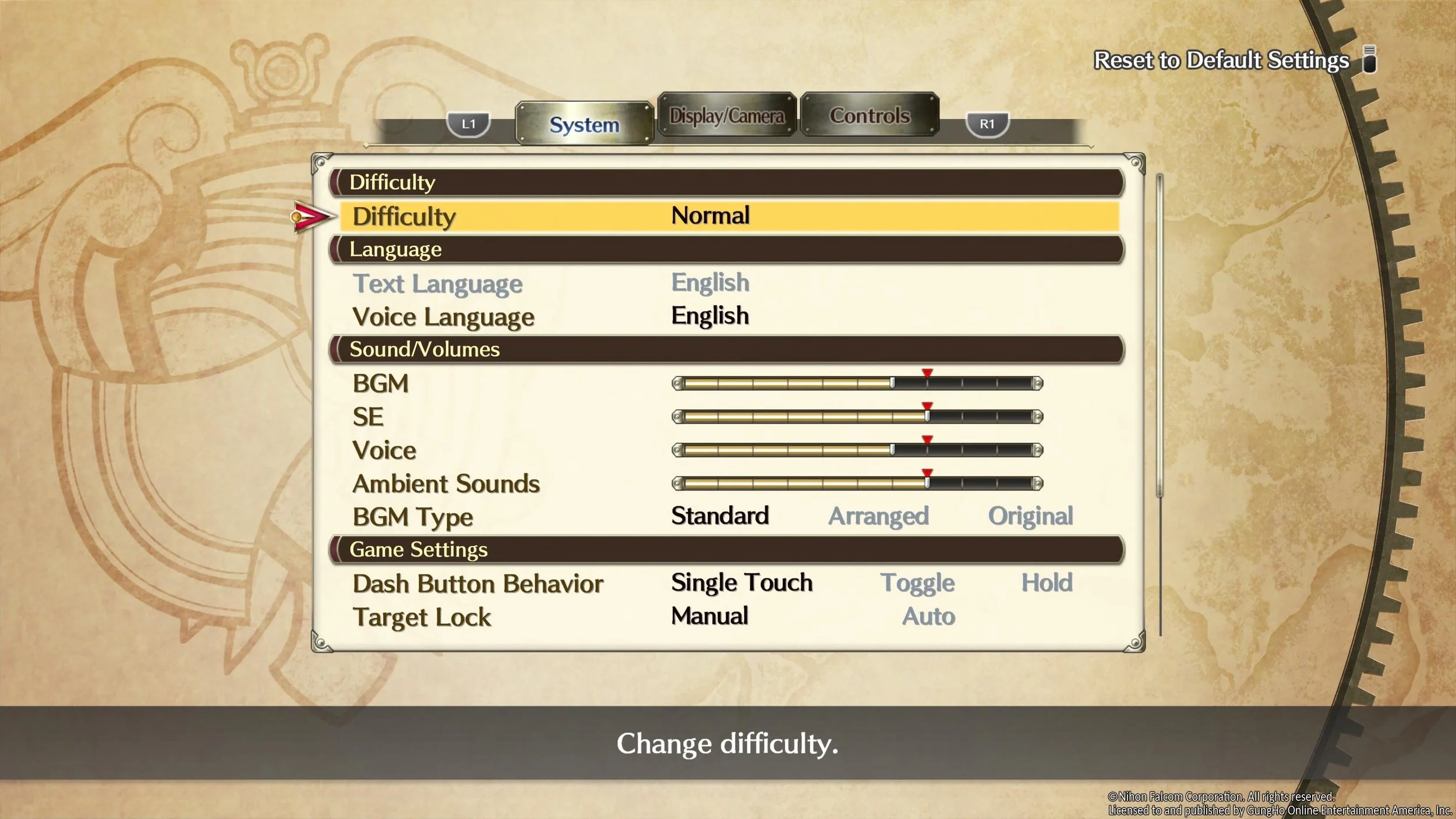
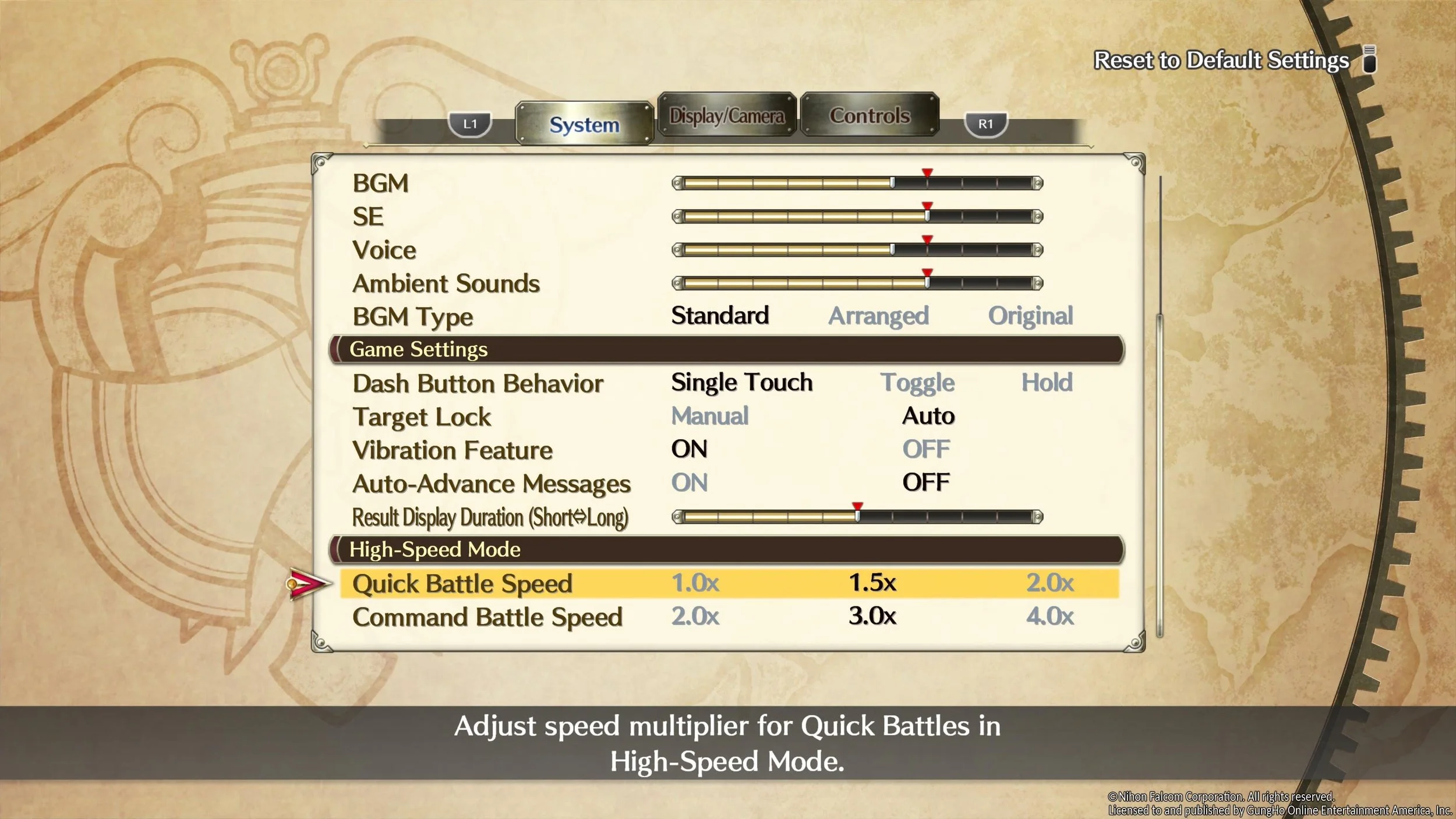
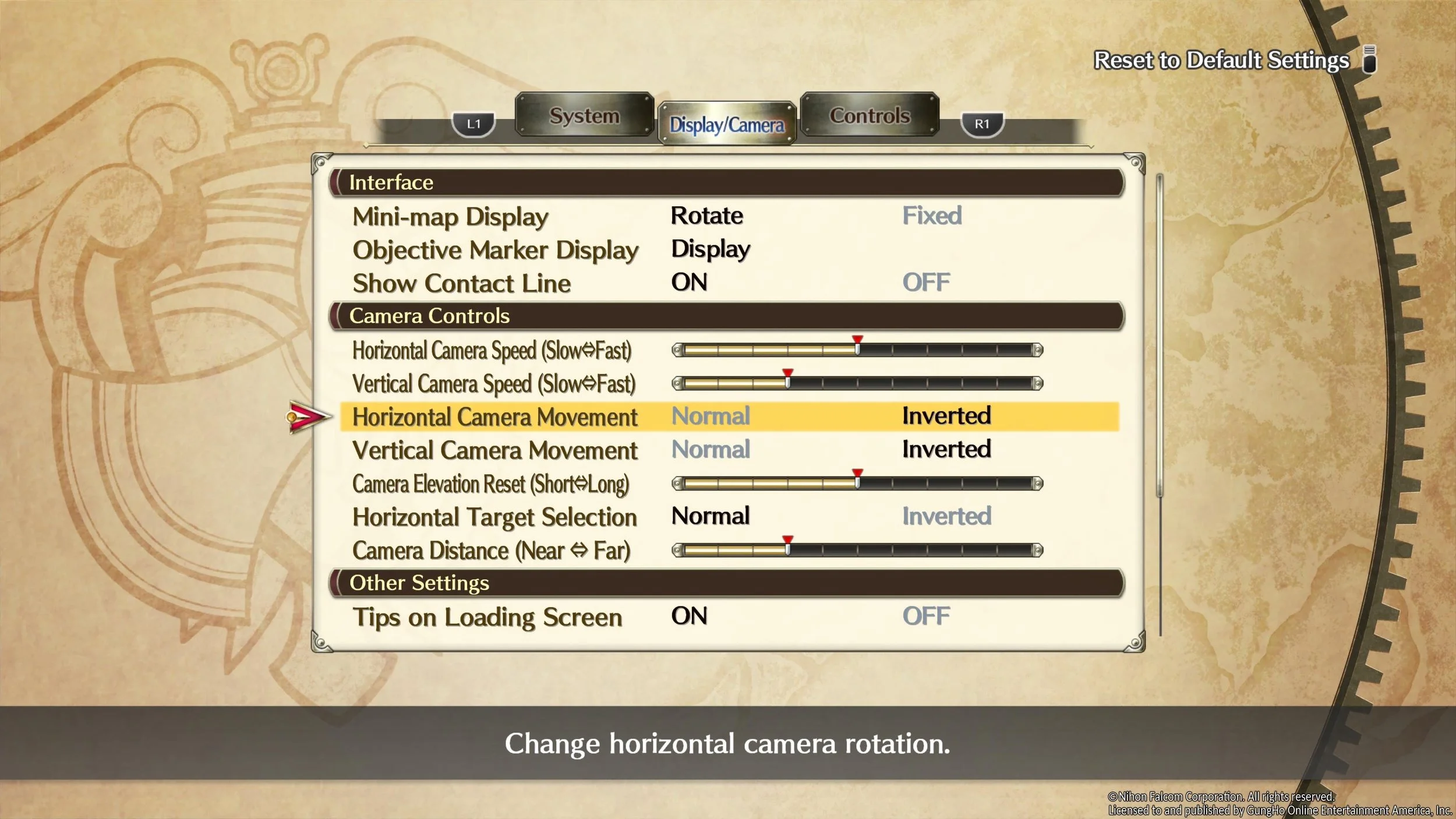
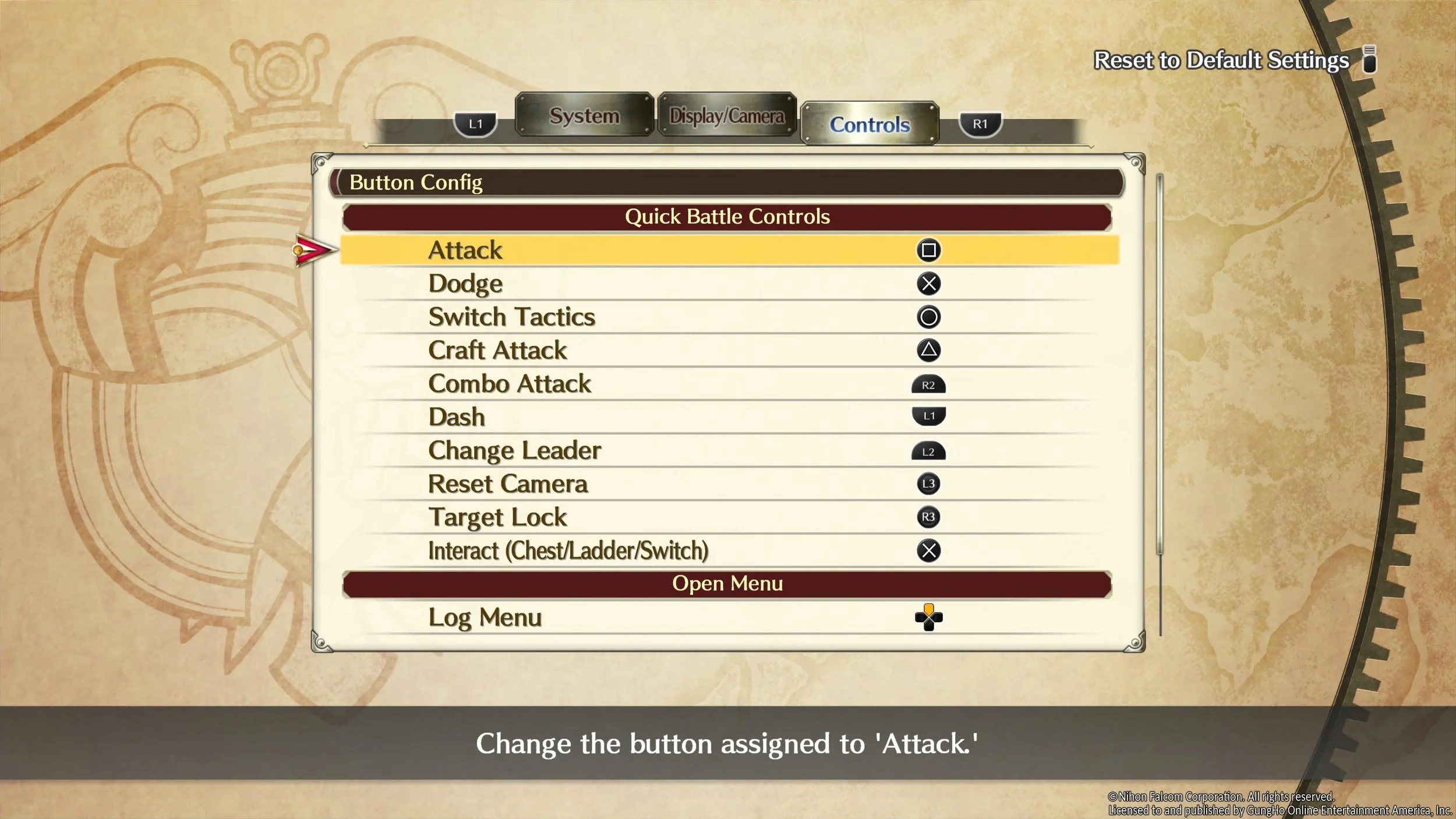
I want to pause here to elaborate more on that last one – especially since I haven’t explained the actual combat system yet.
Sky FC continues to iterate on the hybrid combat system introduced in the most recent Trails games. Players can engage enemies at any time on the map in action-based combat known as “quick battles.”
Some could view these quick battles as almost too basic for satisfying action combat – and to be fair, they are mechanically simple. You have a light attack that helps build up a heavy attack along with a dodge (with perfect dodges also filling meter for heavy attacks). But these heavy attacks can greatly fill enemies’ stagger gauges.
And if you initiate a “command battle” aka switch to turn-based mode while an enemy is stunned, your party will gain a tactical advantage by going first while your opponent is down. So while the action here is technically optional to engage with, it does help improve your odds of success (and can even help you eliminate simple mobs faster).
How much you engage with the action is up to you – if you don’t like it or struggle with it, you can always jump into the turn-based command battles. But on the flipside, you can use it to your advantage and make most battles easier for you (with the exception being boss fights which always jump straight into command battles).
(Also, to jump back to the high-speed mode options I referenced earlier, I appreciate that you can select one of three speeds individually for quick vs. command battles vs. a traditional “turbo mode” that would universally affect both. This means you can keep the action at a slower pace while speeding up turn-based battles should you need the extra reaction time.)
Some additional tidbits I’ll mention about battles here is that I already noted how easy it is to see enemy weaknesses mid-battle. But you don’t even have to pull up the enemy’s full spec page – there are elemental weakness indicators below enemy names/health bars and your characters’ Arts (aka spells) menu will alert you to the fact that you have a spell to target enemy weaknesses.
This iteration of the Trails combat system also makes it very clear how actions will affect the turn order. Before committing to an action, you can preview how long the delay will be for your character’s next turn and whether the desired action will occur before your enemy’s next move for instance.
And finally, if your party dies, you’ll be given the option to immediately retry the battle or return to a prior save/checkpoint. However, in addition to just retrying the battle outright, you can also choose to retry with reduced difficulty.
Okay but now what – what more could you want?!
Up til now, I’ve made it pretty clear how I think Sky FC nails a lot of its accessible design and QoL options. But no game is perfect, so here are some minor critiques and ideas I have for how Falcom could take things a step further towards making this and future Trails entries as accessible to as many players as possible:
Active Time Lore: Hear me out. With all the deep worldbuilding and extensive casts of characters that Trails has, this series seems primed for something like the active time lore system introduced in Final Fantasy XVI. In addition to the glossaries/help info in the game’s menus, having relevant lore info on screen (about characters, regions, factions, and other in-world terms) when you pause cut scenes could be a great cognitive assist.
Battle camera: Mostly, Sky FC’s camera is fine for visibility. But it doesn’t fare great in tight corridors or up against walls/other obstructions during command battles and that can negatively affect your ability to line up AOE effects for your attacks.
Orbments: Orbments are the Trails equivalent to FFVII’s materia if you’re familiar with that. Basically, you slot different types of elemental quartz into your characters’ gear. Each quartz has an associated elemental value on top of its core effect (so a fire quartz might buff your attack or crit rate, while a wind one could buff your evasion). Hitting certain thresholds for each element on a given line for a character is ultimately how you enable that character to access higher and higher level arts (aka spells). While it’s not the most complex RPG system ever, it can still be slightly obtuse for series and/or genre newcomers. I don’t think there’s an outright “fix” for this – BUT the game does offer an auto-equip option that should help in a pinch.
QTEs: Technically speaking, command battles do include QTEs. Various scenarios like striking stunned enemies or landing critical hits will trigger “Brave” follow-up attacks. In order to have characters execute a follow-up attack, you will need to do a timed button press (ultimately with three different button prompts for standard Brave attacks, Chain attacks, and full-party Burst attacks). That said, the window for these QTEs is pretty generous even if you can’t modify it in the settings. It should be fine for most (but maybe not quite all) players.
Voice acting: While Sky FC does include both English and Japanese audio, it isn’t fully voiced. Heck, plenty of scenes will even have one character voice acted while others in the conversation aren’t – it’s a common occurrence for Trails. I bring this up because voice acting not only helps bring characters to life, but gives blind/low vision and dyslexic players an additional tool for keeping up with dialogue. Even with the phenomenal voice performances brought forward for this remake, players will still need to do a lot of reading, and I don’t think that can/will change anytime soon for Trails. More voice acting would greatly increase the cost and time needed to make these games, so at least as a countermeasure, it’s great to have the text log for revisiting dialogue.
Localization mishaps: This is a SUPER minor nitpick. Particularly in the late game, I noticed a few inconsistencies where a character would say one thing but the accompanying text box would say another. Examples: “Thank you for waiting” vs. “Thank you for your patience” or “I see…” vs. “Is that right?” The meaning is still similar and these errors likely occurred because of last minute adjustments to the script, but could add to any reading or listening challenges.
“Next level” accessibility: Finally, with the settings in the systems menus being pretty basic overall, you’re not going to find any of the more progressive accessibility options like a screen reader here. Consider these “would be great to see!” wish list items for a future where these sorts of tools are more widely recognized and easily implemented.
Judgment time: Do I recommend Sky FC?
Well yes, duh. If you’ve made it this far, I’ve hopefully made my argument for how and why I think Sky FC is an extremely accessible JRPG – not just as an entry point for the Trails series, but as a gold standard for the genre overall.
On a personal note, I want to make it clear that I loved this game. It was my first time playing Trails in the Sky and is my second complete Trails game to date. I initially tried to jump into the franchise with Trails of Cold Steel but was discouraged from doing so at such a late point in the story (despite it being the start of a new arc).
Luckily, I ignored that advice last year and played Trails through Daybreak – and I absolutely fell in love. I knew then that I wanted to play more of the Trails games, and with the Sky FC remake coming, it was the perfect time to see the series’ beginning. Now, having beaten Sky FC, I can happily say I’m fully onboard as a fan of this franchise and eagerly await what surely must be a Sky Second Chapter remake in the same style.
These characters were a joy to get to know. Their story and world a delight to explore. And battles a snappy expression of what a hybrid combat system can be – a mix of action and turn-based mechanics that feed into each other in a well-paced, rewarding synergy that’s satisfying to master.
I expected – or at least hoped – to fall in love with Sky FC after my experience with Daybreak. But what I didn’t anticipate was seeing just how accessible this game’s design is.
I truly believe Sky FC is a game where franchise/genre approachability meets gameplay accessibility. For that reason, I’m putting it right next to my longstanding recommendation of Dragon Quest XI S as one of my top-tier games for players to try if they want to get into JRPGs or turn-based combat.
As such, Sky FC is my most accessible JRPG of the year – and in the discussion for all-timers. It stands as a gold standard for accessible design in my book, and while at the end of the day I can’t guarantee it’s fully accessible for all players across a whole spectrum of unique needs and circumstances, it’s a game I’m more than comfortable recommending to most any player interested in giving it a try.
Sky FC is bright and colorful but gripping and emotional. It’s fast and flashy but also satisfyingly strategic and snappy. Falcom have honed this Trails formula and will continue to do so with every year that passes – so getting into this franchise now is an absolute treat that I hope you enjoy as much as I have.
